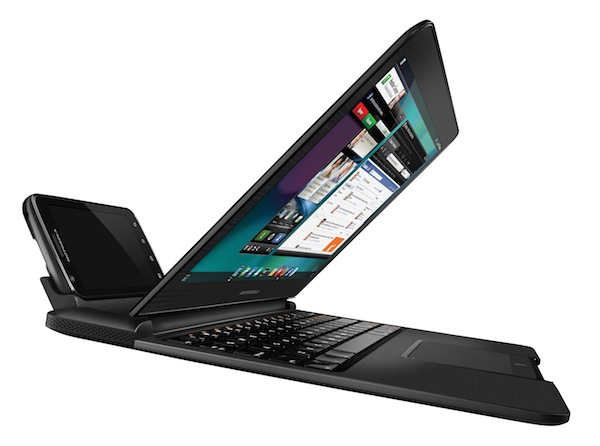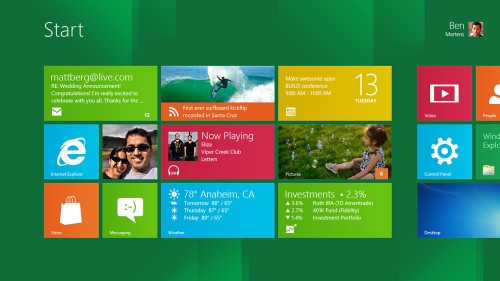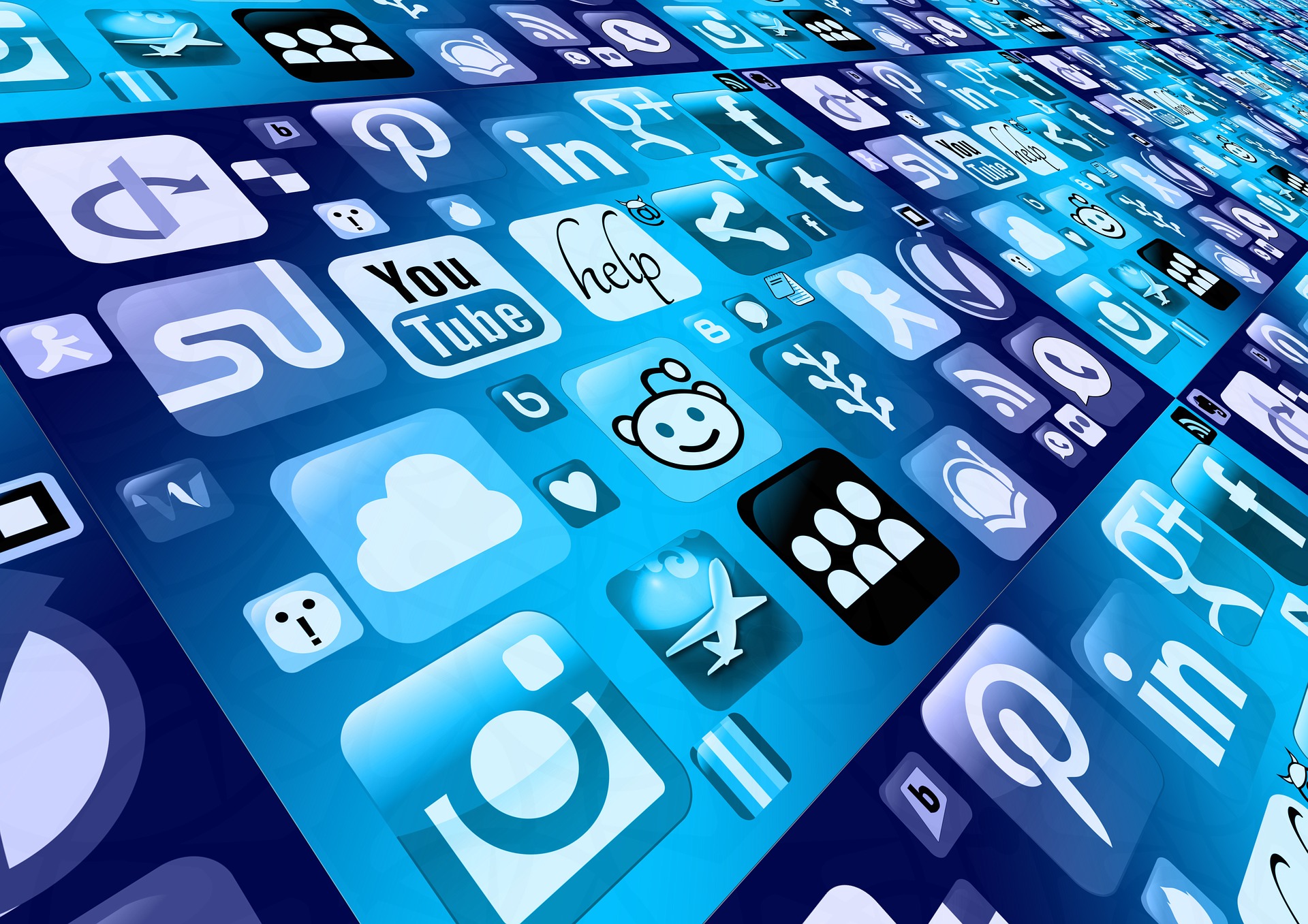
As technology users welcome 2012 everywhere, it’s clear the year that had just passed was filled with no little controversy and memorable incidents.
From Steve Jobs’ death to the delay of the much-awaited iPhone 5, from the rise of Android devices to Nokia’s return with its Windows Phone devices, and finally, with the potent mix of mobile devices and social media that helped ignite protests in the Arab Spring and Occupy Wall Street, but also encouraged the thuggery of the London riots, 2011 was a big year in technology.
The next 12 months look to be just as interesting, as existing technologies mature and grow, while other new trends emerge. Here are five things to look out for in 2012:
1. The arrival of the “transform” device
Just a few years ago, it was unfathomable that people would junk their desktop PCs for laptops. Because the portable device had a smaller screen and usually lesser computing prowess, the portable device never matched up to the silent giant under the desk.
These days, however, with power-efficient yet advanced CPUs and graphics chips, laptops can do the job just as well, plus they can be hooked up with a monitor, keyboard and mouse easily to transform into a desktop PC in a jiffy.
The same is happening with tablets and smartphones. In 2012, there will be more devices like the Motorola Atrix, first unveiled in early 2011, that basically turns into a laptop once it is docked with a laptop dock. The Atrix taps on its dual-core chip to run Webtop, which is based on Ubuntu Linux, to give users a regular desktop OS look and feel. It runs the OS you prefer at any time, all in one device.
Essentially, you only need one smart device – your phone or tablet – to do everything you need in future. What you will have are many docks or keyboards and screens to hook up to this increasingly powerful (expect quad core gizmos in 2012, starting with the Asus Transformer Prime) yet portable device in your hands.
Desktops and laptops will definitely still be around, but the mobile gadget is set to be the central device in your life.
2. Windows 8 brings “touch” on everyday PCs
Related to this portable device rush is Windows 8. The upcoming Microsoft OS, expected this year, is being billed as the biggest upgrade in years for one reason – it is going to unify both mobile devices and PCs with one OS.
It works with touch, and features a Windows Phone-like tile system, where users will be given a panel of information and the ability to go into the nitty gritty only if they wish to. The big icons and friendlier interface also mean that this is the first time the Start button and taskbar – at least in their present forms – will be out of the picture.
Along with Windows 8’s arrival, expect computing of all types – from smartphones to laptops to desktops – to tap on the novel OS.
What to expect? Look to something like the Samsung Slate PC, which crams a powerful Intel dual-core CPU into a thin, portable tablet that can be hooked up with a keyboard and screen to become a full-fledged desktop. It runs Windows 7 now, but come next year, devices like these will sport the even more touch-friendly Windows 8.
3. Tougher times for Apple
It’s not just Steve Jobs’ passing that will affect Apple for the coming year, but also the fact that it is a company that wins big because of the very sharp innovation curve that it sets out each year.
When the iPod was commoditised, the iPhone became the next big thing; when Android smartphones managed to grab huge chunks of market share in 2010, the iPad became the market-conquering portable gizmo in a class of its own.
The question in 2012 is: what next? Surely, there’d be new versions of the iPhone (after the disappointing iPhone 4S) and iPad (which still has a good lead over all over Android rivals). But can these upgrades keep Apple at the top of the pile, or will it see its innovation and design lead cut short in 2012?

The emergence of the Windows-based Ultrabooks in 2011 from Asus, in particular, is a clear answer to how fast the competition is catching up, in this case, with the MacBook Air.
In the next 12 months, Apple will find the going even tougher. Users are often willing to accept Apple’s closed “my way or the highway” approach because of the perceived better design and innovation from the company, but it has to keep coming up with new winners to redefine the field. In 2012, it needs another big winner to pull away.
4. Say hi again to a smart TV
It’s been prophecised several times before, but 2012 could finally see the arrival of smart TVs that do more than just show your cable TV programmes or Blu-ray movies in all their 60-inch Full HD glory. These TVs could be the conduit to many services and apps that were just becoming common in 2011.
Yes, Facebook will be there, as will Twitter and other PC-based services and apps that you had seen on your 2011 Samsung or LG TV when you were free enough to venture into some of its sub menus. But what about YouTube, or rather, a YouTube-type service – on steroids?
Think of an app that is smart enough to offer the same multi-tasking you’d expect on a PC screen, say, talk to a friend on a chat window while watching a live football match, or checking out background information from Wikipedia on the JFK assassination, if you are watching a documentary on it on a National Geographic app, for example.
Not so new, I hear you say? The main difference this time is that the intelligence is built into the TV and possibly delivered straight to the screen – over the TV’s Net link – instead of via a third-party set-top box and third party broadcaster.
Sure, it’d be a leap of faith for content executives who have always preferred to work with their favoured “platform partners”, i.e. broadcasters like StarHub and SingTel.
But for indie channels and content owners looking to jumpstart their work by showing their programmes direct to viewers, they can now create their own content and app and reach out to viewers – in the same way cellphone app developers sell their apps direct to users.
Creating a smart TV programme would thus involve skills needed to develop an app for, say, the mobile phone or tablet. Will this model work for TV? Well, it’s already proven already by Apple and Google in their respective app marketplaces, and what’s there to stop you paying S$2 for a movie on a smart TV, just like you’d buy an app on your phone?
If rumours hold true and Apple decides to create its own TV set in 2012 or if Google takes YouTube to the big screen by signing up more content creators as it has done in 2011, then the next 12 months could see big changes in the way video content is created, delivered and consumed in the big screen in the living room.
5. Fibre broadband takes off in Singapore
This is a banker of a trend, because we know that 95 per cent of the city will be covered by the fibre optic network this year. Going by the long waitlist to turn on a fibre broadband service now – up to a month with M1, we are told by users – the demand for light-speed downloads is going to be even higher in 2012.
It helps, of course, that the network has finally forced open a market that once was dominated by SingTel and StarHub.

Take M1, for example. It used to have to rent the network from the two telcos, but now it can get wholesale access at the same price as its bigger rivals, and it can price its services competitively, as a result. Its S$39-a-month 100Mbps fibre plan sold at computer expos in 2011, for one, has become the benchmark to follow in 2012.







Unity and Gnome 3 are way ahead of windows 8. windows 8 should learn from Gnome 3 and unity.
uFrames will be the most widely used plugin for blogs and websites, created by ufeud.com.
have to say it , the windows phone gui looks wicked !!
Is Samsung TV its own Internet service, or does it use your existing broadband?
The tech will divide the human race & the ultimate will be self destruction, an example is Apple Icon Steve Jobs he had to exit. I rest my case
Yes, please “rest your case” as soon as possible. 😉